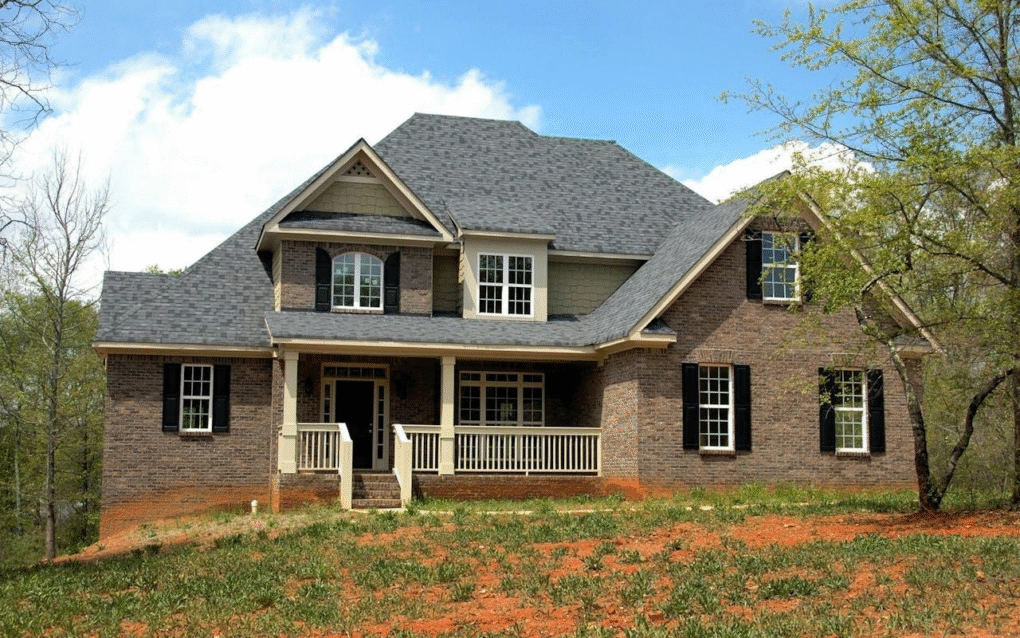
Have you ever looked at your backyard and thought, “This space could do more for us?” Many families today are rethinking how they use every inch of their home. Indoor living areas often feel cramped, especially with work-from-home schedules and kids’ endless activities. Outdoor spaces have become a natural extension of the home. They are no longer just places for a rusty grill or a lonely lawn chair. Instead, they’re evolving into vibrant spaces for relaxation, meals, and gatherings. In this blog, we will share how outdoor additions improve family living and why they have become a popular trend.
A Growing Focus on Outdoor Spaces
Outdoor areas now reflect modern lifestyle priorities, blending fresh air with home comforts. With rising travel costs and more time spent at home, families are creating their own retreats instead of booking getaways. What began during the pandemic as a quick fix has evolved into a lasting trend. Patios, fire pits, and outdoor kitchens turn backyards into functional spaces for dining, play, or work.
Even small yards benefit from smart layouts, where unused corners become cozy seating spots or gardens. Outdoor living is no longer about size but about thoughtful design that maximizes every inch.
Crafting Spaces That Last
Families know that outdoor projects require skilled hands. Quality work ensures the structure can handle weather, wear, and time. Many homeowners turn to experienced deck builders who understand both design and function. They know how to create additions that fit a family’s lifestyle while staying within budget. Their expertise helps homeowners avoid common mistakes, like choosing materials that don’t hold up or designs that don’t suit the yard.
Trends in outdoor design show a clear preference for durable and low-maintenance materials. Composite decking and weather-resistant woods are leading the way. These materials not only look good but also save time on upkeep. Families appreciate the idea of spending weekends enjoying their outdoor spaces instead of repairing them.
Practical features are also gaining popularity. Built-in benches, storage boxes, and integrated lighting make outdoor areas more functional. Safety is another factor. Sturdy railings, slip-resistant surfaces, and well-planned layouts keep children and pets safe. These thoughtful details help families enjoy their outdoor spaces without constant worry. The investment in quality craftsmanship pays off, both in daily use and in added property value.
How Outdoor Additions Transform Daily Life
The impact of outdoor additions on family life is undeniable. They encourage people to spend more time outside, which is both healthy and enjoyable. For children, a deck or patio becomes a place to run, play, and explore. Parents appreciate having a safe and contained area for activities. It also gives everyone a break from screens, which is increasingly rare in modern homes.
Outdoor spaces create natural gathering points. Family dinners can move outside on warm evenings, turning meals into mini-events. Friends can be entertained without the stress of cleaning every room in the house. Even casual moments, like morning coffee in the sun or reading under a shaded pergola, can feel special. These small experiences add up and create lasting memories.
There is also a financial angle to consider. Adding a deck, patio, or outdoor kitchen often increases home value. Real estate experts point out that buyers look for properties with usable outdoor areas. A well-designed outdoor addition can make a home stand out in a competitive market. This means families not only enjoy the upgrades now but also benefit if they decide to sell later.
Practical Tips for Designing Outdoor Additions
Planning is key when creating an outdoor space. The first step is deciding how the space will be used. A family that loves cooking might focus on an outdoor kitchen with a grill, counter space, and weatherproof cabinets. Another family might prefer a quiet reading nook with comfortable seating and soft lighting.
The layout should flow with the home. For example, placing a deck near the kitchen makes outdoor dining easier. Access points should feel natural and inviting. Lighting is another detail that often gets overlooked. Soft lights can make evenings cozy and extend the usability of the space.
Furniture also plays a big role. Weather-resistant materials like teak or aluminum last longer and require less care. Adding cushions, throws, and rugs designed for outdoor use can make the area feel as comfortable as an indoor room. Planters, flowers, and even small trees bring life and color to the setting.
Budgeting carefully is also important. Outdoor projects can range from simple DIY setups to full-scale renovations. Families should research costs, get quotes, and plan for seasonal sales. It’s better to invest in a few quality pieces than to fill the space with items that won’t last. Long-term durability always beats short-term savings.
A Reflection of Changing Lifestyles
The rise in outdoor living reflects broader cultural changes. Families today value experiences over possessions. Outdoor spaces provide opportunities for connection, relaxation, and fun without leaving home. They allow families to enjoy nature while still having the comforts of modern life. Even something as simple as dining under the stars can feel like a luxury in a busy world.
Technology also plays a role in shaping outdoor spaces. Weatherproof speakers, outdoor heaters, and smart lighting systems make it easier to enjoy the yard year-round. Families can host movie nights, stream music, or even work remotely from the comfort of their backyard. This mix of technology and nature creates a balanced lifestyle that many people are seeking.
There’s also an environmental awareness driving this trend. Homeowners are choosing eco-friendly materials and energy-efficient lighting. Rainwater collection systems and solar-powered lights are becoming more common. These choices show that outdoor living can be both stylish and sustainable.
Creating Memories That Last
An outdoor addition is more than just a construction project. It’s an investment in family life. It’s about creating spaces where stories are shared, birthdays are celebrated, and quiet moments are enjoyed. Unlike indoor rooms, outdoor spaces feel less formal and more spontaneous. They invite people to relax and just be themselves.
Families who invest in their yards often find that they spend less time inside. Kids swap video games for fresh air. Adults trade scrolling on phones for conversations by the fire pit. These simple shifts can have a big impact on family dynamics. Outdoor living encourages connection, something that’s increasingly rare in our busy, digital world.
In the end, outdoor additions offer both practical benefits and emotional rewards. They increase home value, improve quality of life, and create a setting where memories are made. Whether it’s a small deck, a covered patio, or a full outdoor kitchen, the result is the same. Families gain a space that feels like an extension of their home and their lives. Outdoor living is not just about aesthetics. It’s about creating places where families can slow down, laugh more, and live better.
